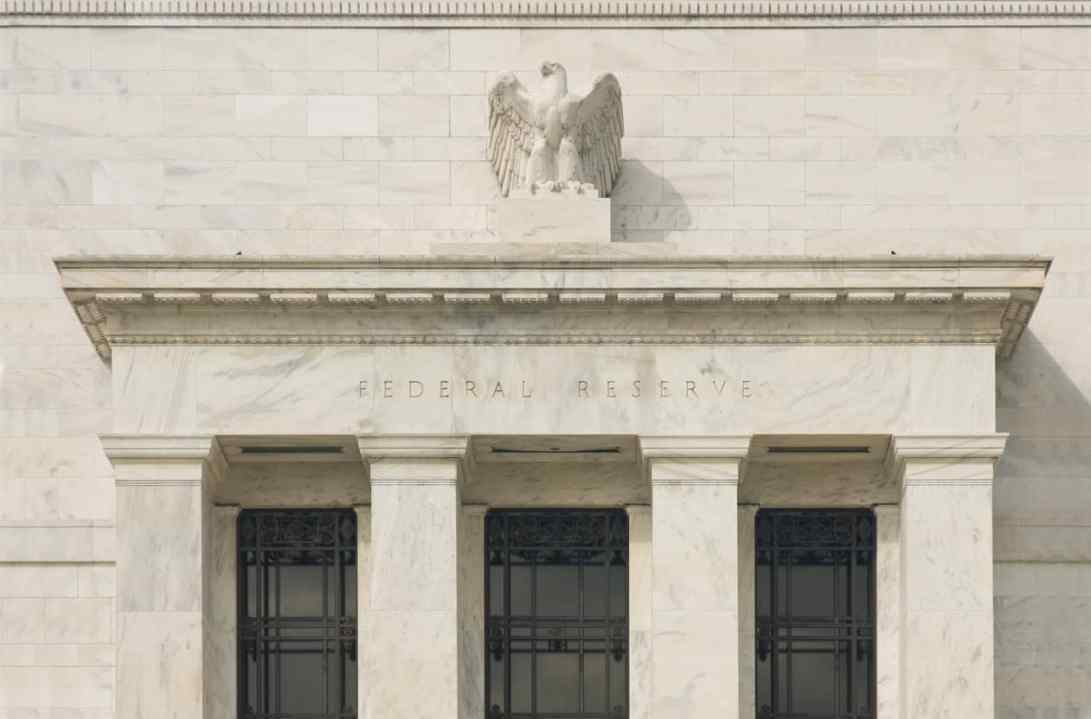The Federal Reserve is playing catch-up. Today’s interest rate hike is only the second rate rise since 2018 – but it’s the first half-point rise in 22 years. As expected, the federal-funds rate – the interest rate banks use to lend to each other on a short-term basis – will rise from a target range of between 0.25 and 0.5 per cent, to a range between 0.75 and 1 per cent.
After many months of insisting price hikes would be transitory, with inflation soaring to a 40-year high in the meantime, the Fed is finally acting to curb it. By historical standards, today’s hike keeps interest rates very low – but that’s all expected to change over the next year.
As explained by Stephen Stanley, the chief economist of Amherst Pierpont Securities, ‘the Fed has entirely lost control of the narrative this year,’ having got its predictions around inflation so wrong. As a result, it’s lost some trust. In a desperate bid to regain market confidence, today’s hike is also acting as a bigger signal that an era of monetary tightening has begun: rates will continue to rise and the Fed’s money printing programme will be rolled back, reducing its $9 trillion asset portfolio.
While an interest rate of even 2 per cent State-side would have been hard to fathom last year, there is now speculation that rates could go even higher, if the Fed is serious about curbing skyrocketing inflation. All this comes as new figures from the OECD are published, which reveal that average inflation amongst developed countries reached 8.8 per cent in March, mainly driven by energy price surges. The United States sits right below the average, at 8.5 per cent. But compared to most OECD countries, its rate is comparatively high (the average is dragged up by countries like Turkey, which is experiencing staggering inflation, now over 61 per cent).
Britain’s 7.0 per cent headline rate remains below the OECD and G7 averages, as well as the European Union’s (7.8 per cent), but the consensus remains that inflation will continue to rise for a while longer (some ministers in cabinet are preparing for double-digit figures). As a result, the Bank of England is likely to keep hiking rates too. The next announcement from the Monetary Policy Committee lands tomorrow, with markets preparing for another incremental interest rate rise.
In Britain, as in the States, the cost of basic goods and energy is becoming an ever-heavier burden on family finances, putting even more pressure on central banks to act. But interest rate hikes have always, and continue to be, an issue of timing. Having already failed to squash an inflation spiral, there’s an increasing worry that raising interest rates now will cause their own sort of pain, further crippling economies that are struggling from the impact of lockdowns and supply chain breaks (just last week, the US economy was found to have shrunk by 0.4 per cent in Q1). The risk remains that the lack of action by central banks last year will lead to overcompensation now.








Comments